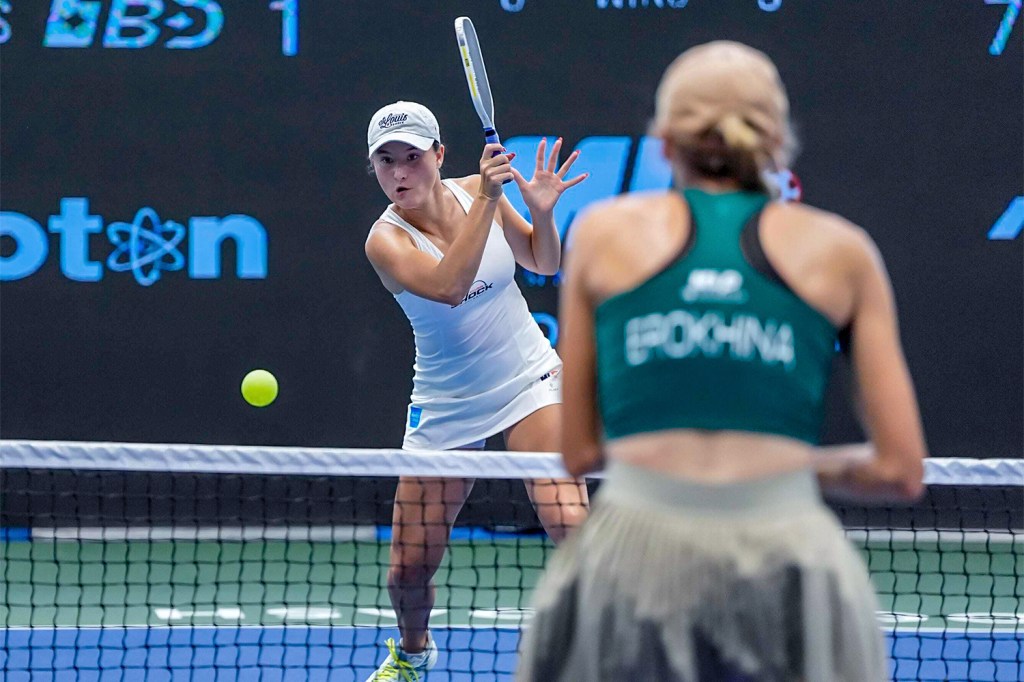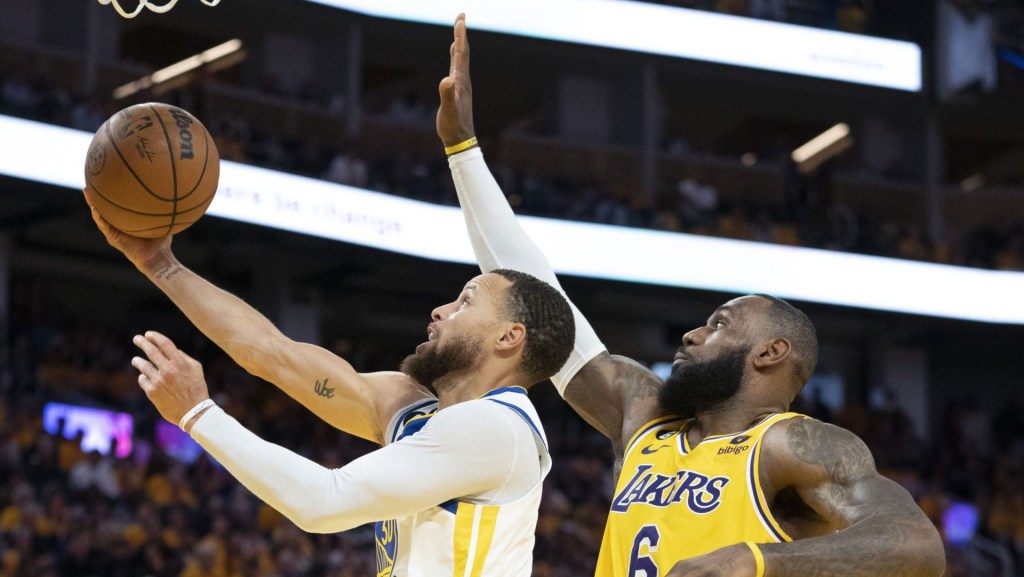MLB teams are using VR to help prepare their players.

Picture this: you step in the batting box in the bottom of the ninth inning with the bases loaded and the game on the line. Your team is at the end of a long road trip and a win headed into a day off could provide the boost you need for the rest of the season. The pitcher winds up to deliver the pitch and you connect with a 98 MPH fastball for a walk off winner.
Instead of getting mobbed by teammates after you hit first base, you’re right back in the box facing the same situation. Wait, what? This is just one of the possibilities of where Major League Baseball players can prepare for pressure situations through the use of virtual reality.
According to SportTechie, the Arizona Diamondbacks are the latest team to explore the use of VR technology to better prepare for opponents. While there has been an increased focus on the analytical side of the game, partially due to “Moneyball,” the sports industry as a whole has taken an interest in the use of VR to get an edge on opponents.
https://frontofficesports.com/how-esports-becomes-the-next-major-sport-9271e9833020
While VR has been common in the football world on both the NFL and collegiate level, it is still relatively new to baseball. MLB players have been studying video to analyze their swings, approach at the plate, opposing pitchers, etc. for years, but with VR they can take this advanced preparation up a notch.
The Tampa Bay Rays have been using the EON Sports’ iCube to give their players some extra “batting practice” without the wear and tear on BP pitchers’ arms. Not only does this allow for batting practice, but it also provides the opportunity to watch the delivery of upcoming pitchers while in the “batter’s box.”
Although players are not able to physically hit a pitch, being able to see the pitcher’s delivery and spin of the ball provides a more in-depth approach to game preparation. Companies such as “Pro-Batter” have pitching simulators for hitters to physically take batting practice against virtual pitchers on a screen. This technology allows batters to track pitches, much like Cubs outfielder Kyle Schwarber did in his preparation for last year’s World Series (still too soon for this Clevelander). Schwarber did not even swing the bat, but stood in the box and tracked 1,300 pitches just to get his timing right. With VR he would be able to watch various pitchers and their deliveries as well.

Not only have various MLB teams explored the use of VR for their preparation, but the league as a whole has explored the use of the technology for umpire training. The league and the World Umpire Association have not agreed upon terms for which umpires would utilize the technology, but the parties can take advice from the NFL which has used STRIVR to train younger officials.
With the news following Detroit Tigers second baseman Ian Kinsler’s ejection following his comments to home plate umpire Angel Hernandez, the discussion around an automated strike zone in MLB has been reenergized. MLB commissioner Rob Manfred addressed this issue in the following quote:
“It would be a pretty fundamental change in the game to take away a function that has been performed by our umpiring staff, really with phenomenal accuracy. The fact of the matter is they get them right well over 90 percent of the time. And there is a human aspect to that, a work aspect to it that’s always been an important part of our game. I don’t think you can just jump to the conclusion that if you have (the) technology to do it that’s the right thing for your product.”
Umpires rarely make the news for making a ton of good calls. While they receive little to no praise for making split-second decisions as to balls or strikes, or even calls at the bases, they are the first in line to receive backlash for a call. Since MLB has increased the use of instant replay, many of these calls have the chance to be confirmed or overturned.
https://frontofficesports.com/how-esports-becomes-the-next-major-sport-9271e9833020
As is the case with previous rule changes, the use of virtual reality can start at the Minor League level. Back in 2015 when MLB was considering implementing a “pitch-clock” in order to speed up the pace of games, they implemented it on both the Double-A and Triple-A levels as a test-run. Once they deemed this new tool helpful, it was rolled out on the Big League stage.
Also in 2015, a “computer ump” called an independent minor league baseball game between the San Rafael Pacifics and the Vallejo Admirals.

A video camera was mounted in center field and through the use of PITCHf/x technology, called the first baseball game sans home plate umpire.
With the increased use of technology to prepare for games and practices among professional sports, it almost seems inevitable that we will see its use more during games as well. As many have professed, technology is not going to be used to take jobs away from umpires/officials, etc., but rather enhance and help them do their job.
If it keeps up this trend, America’s pastime could very well become one of the most technologically-savvy leagues.
Front Office Sports is a leading multi-platform publication and industry resource that covers the intersection of business and sports.
Want to learn more, or have a story featured about you or your organization? Contact us today.

















